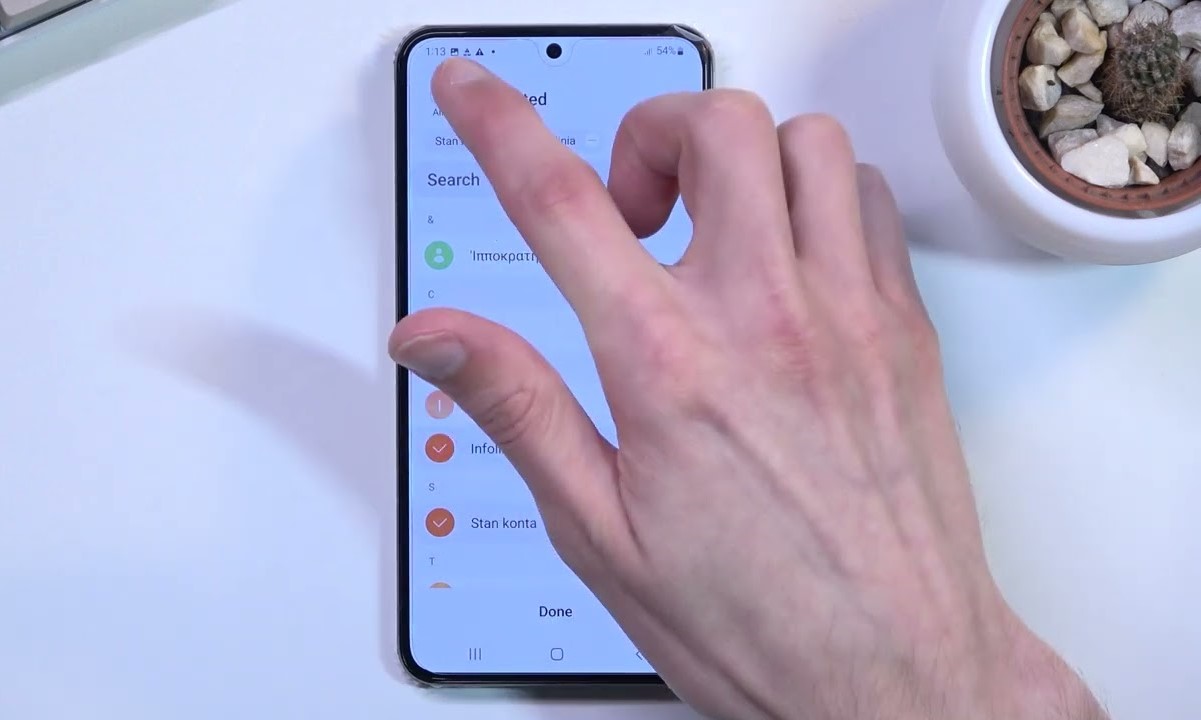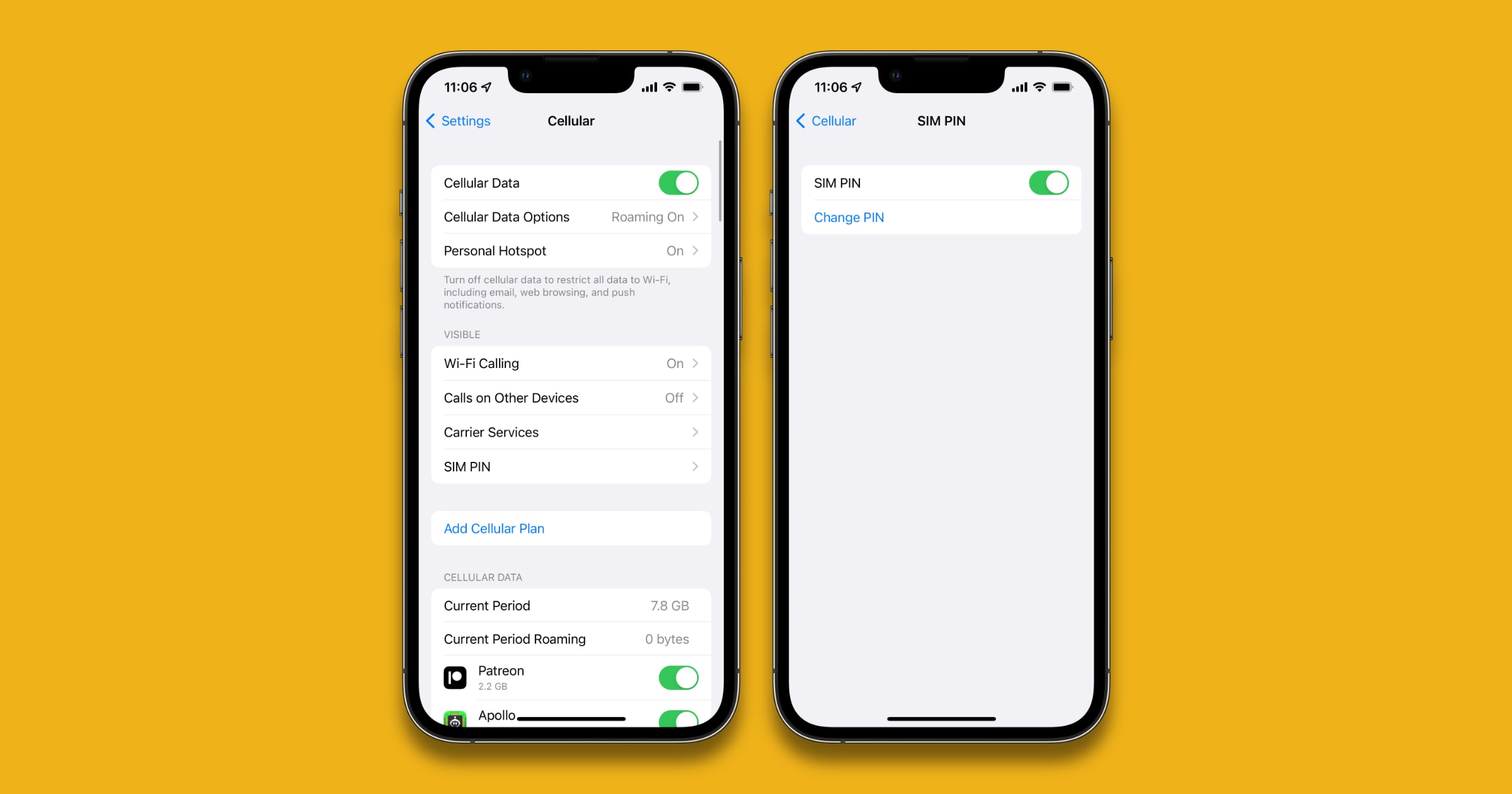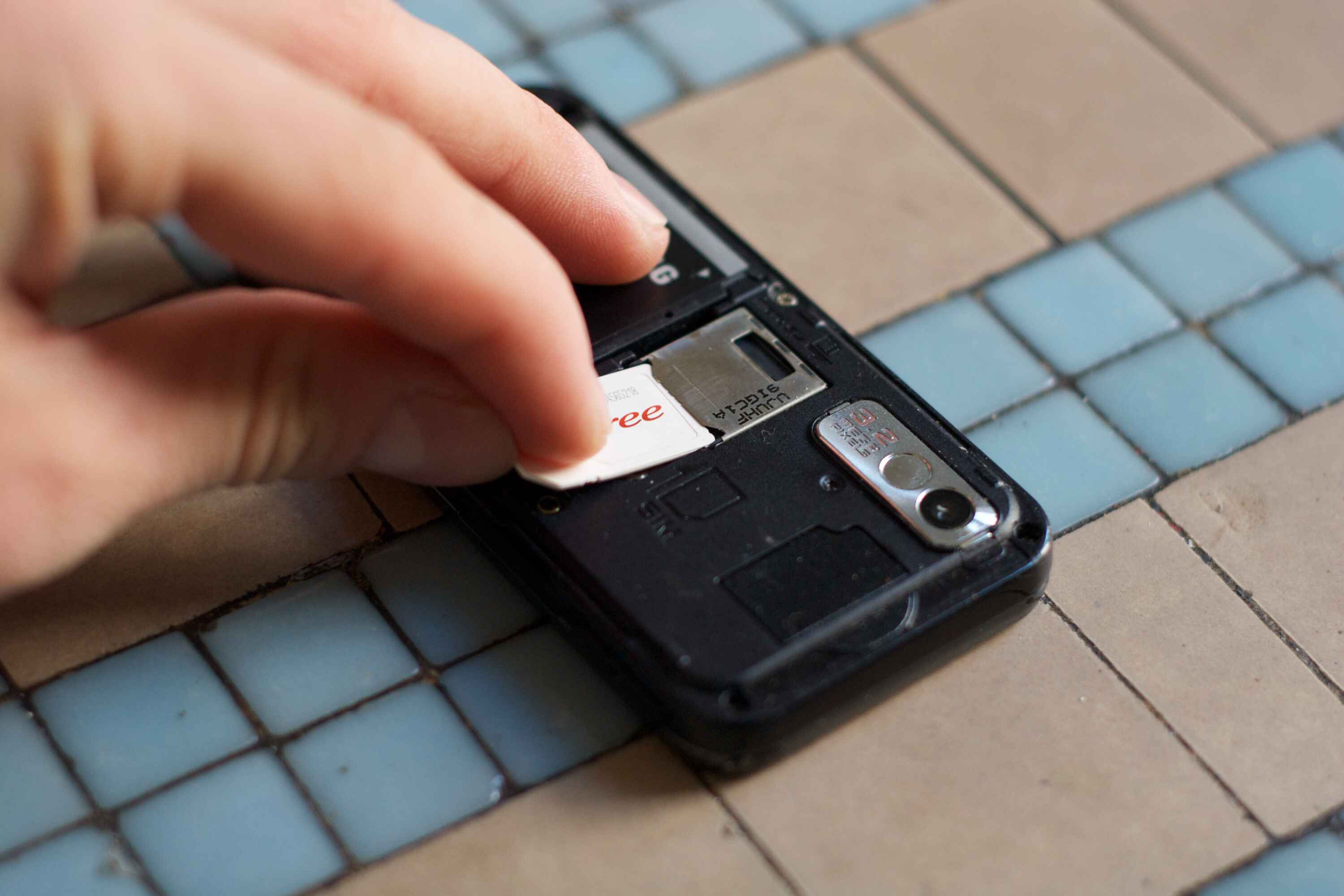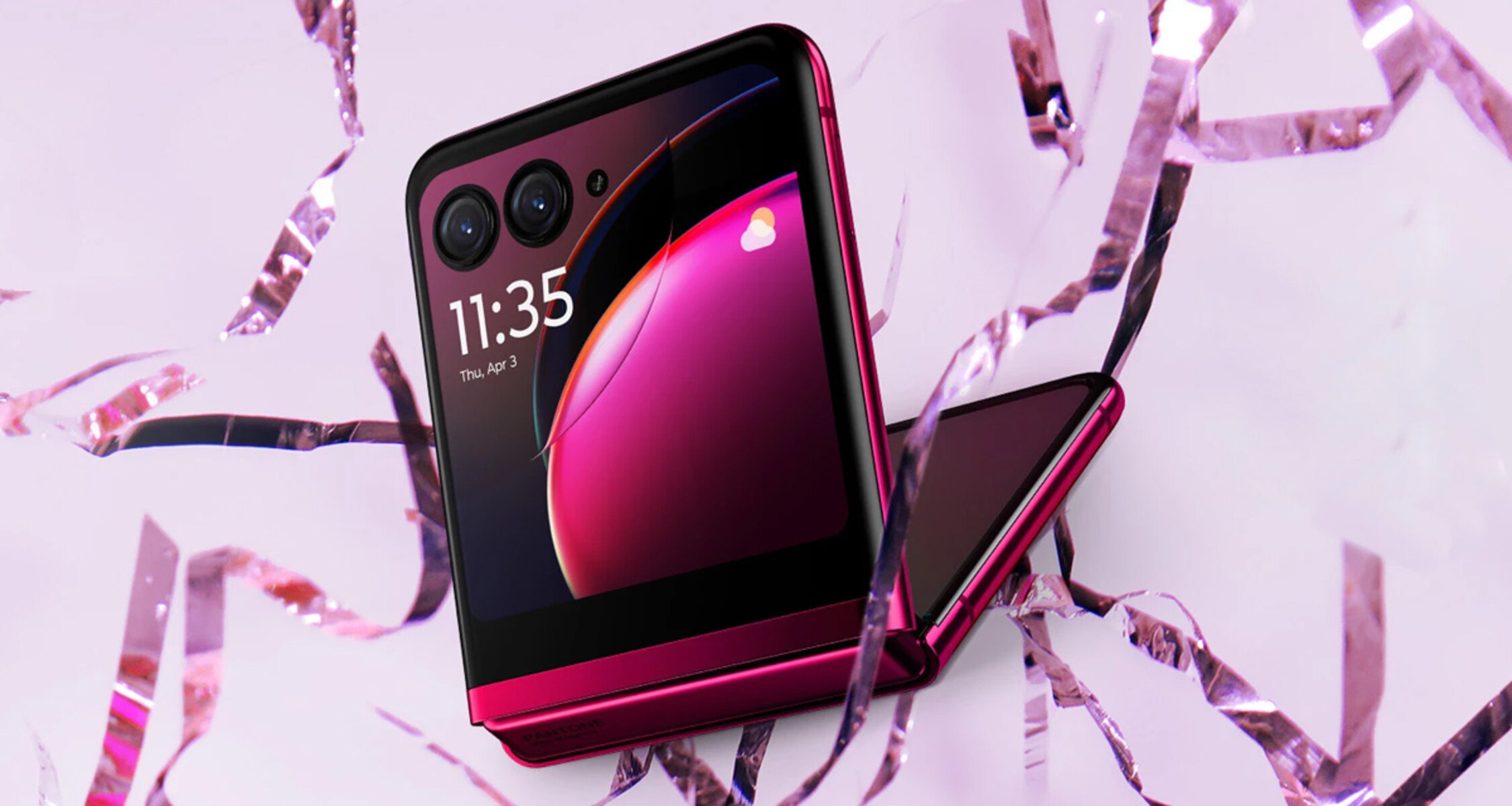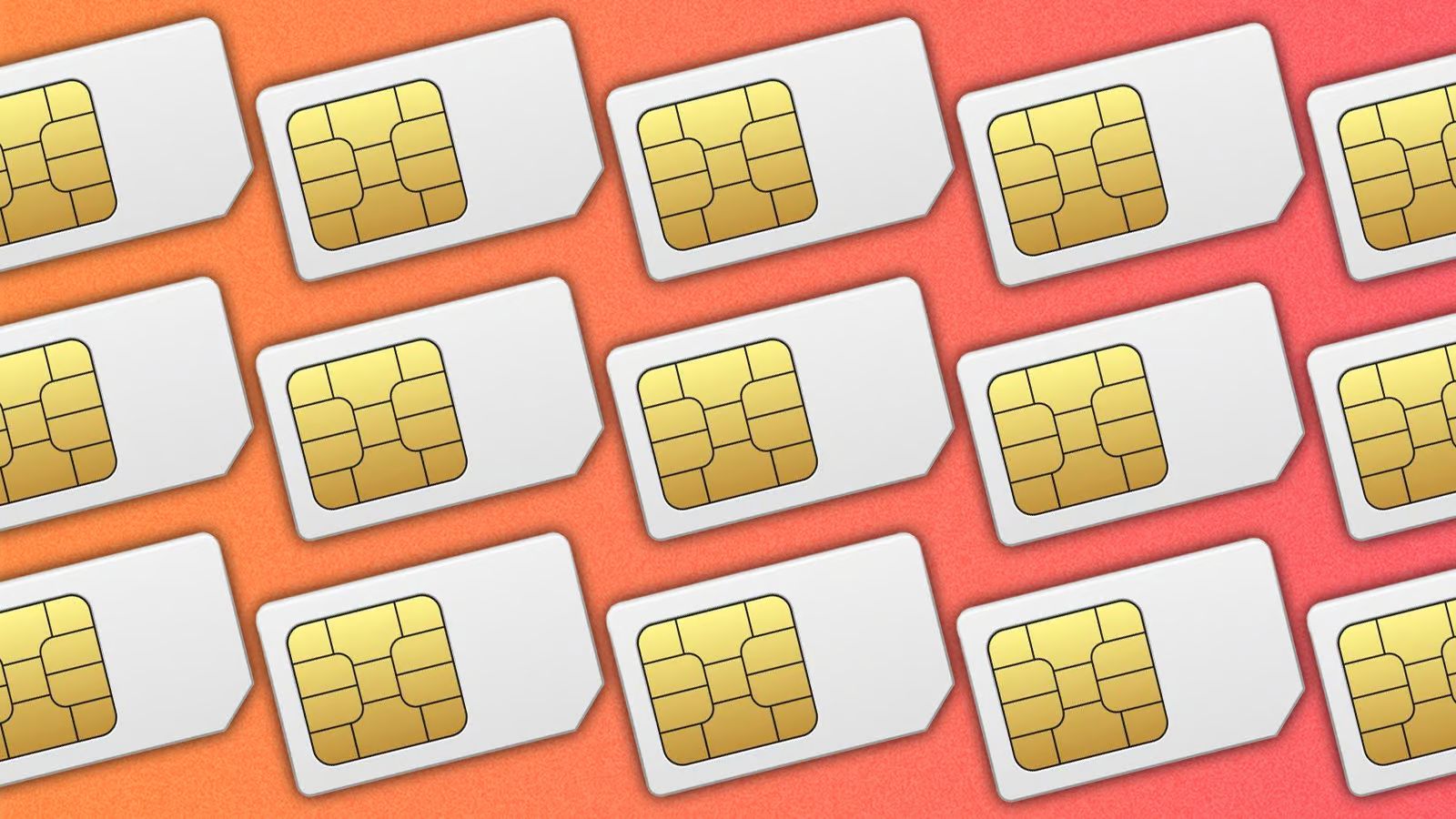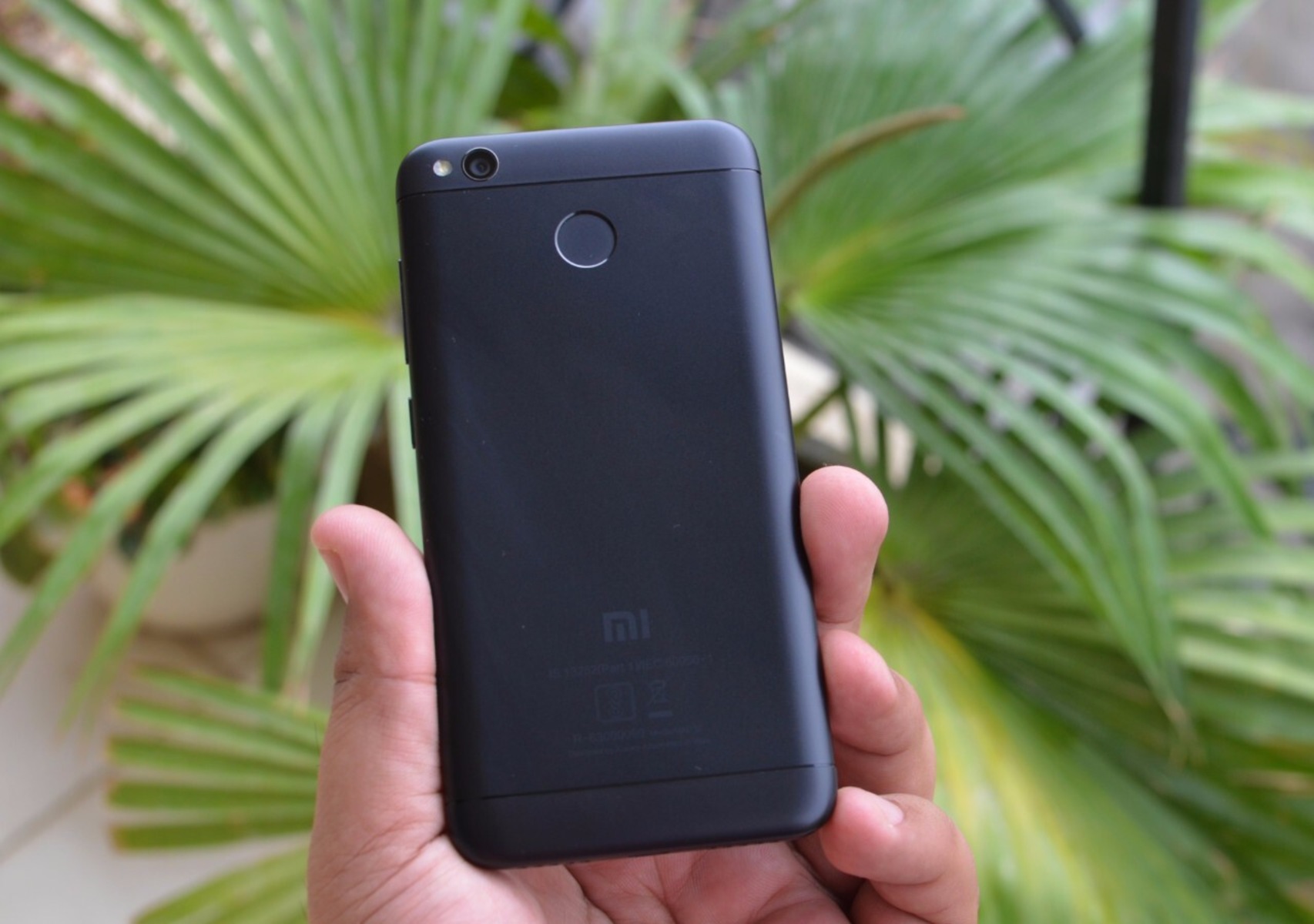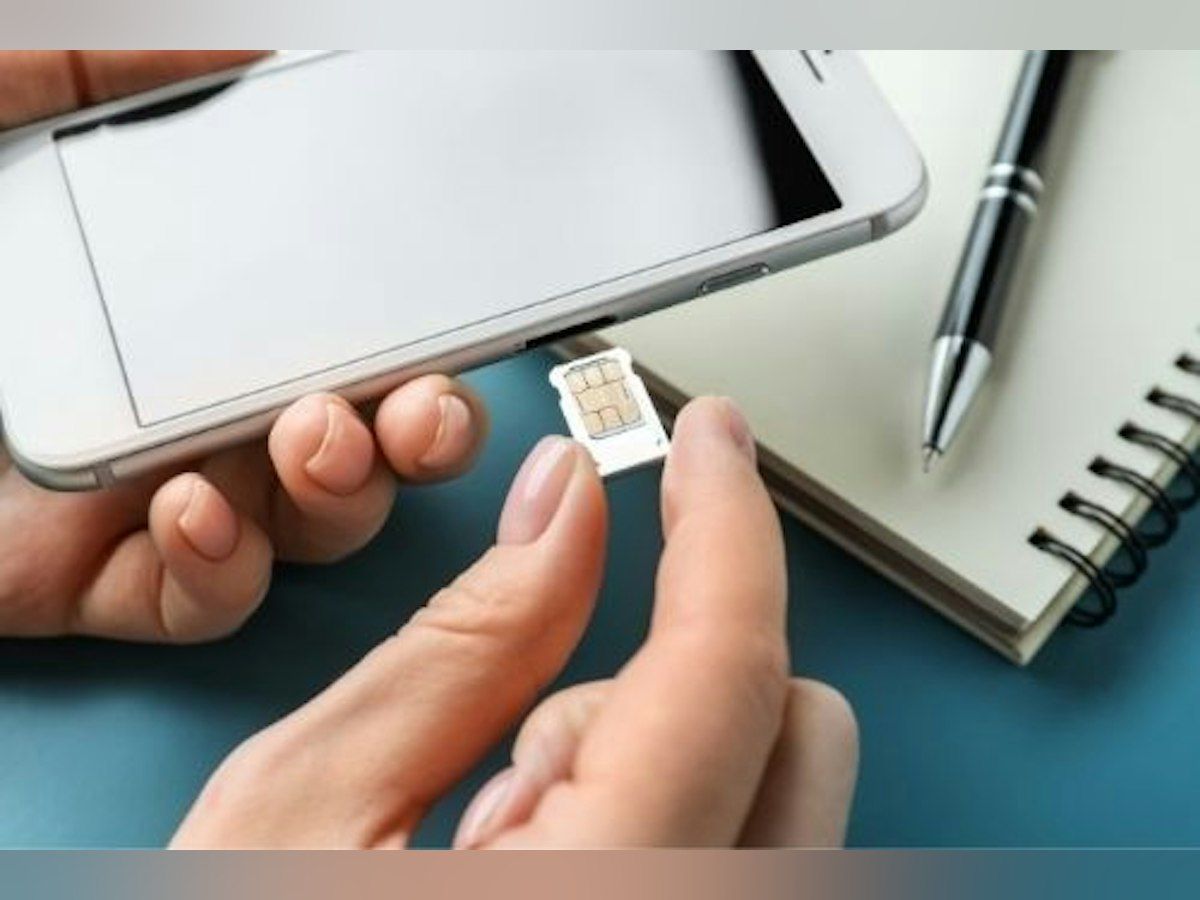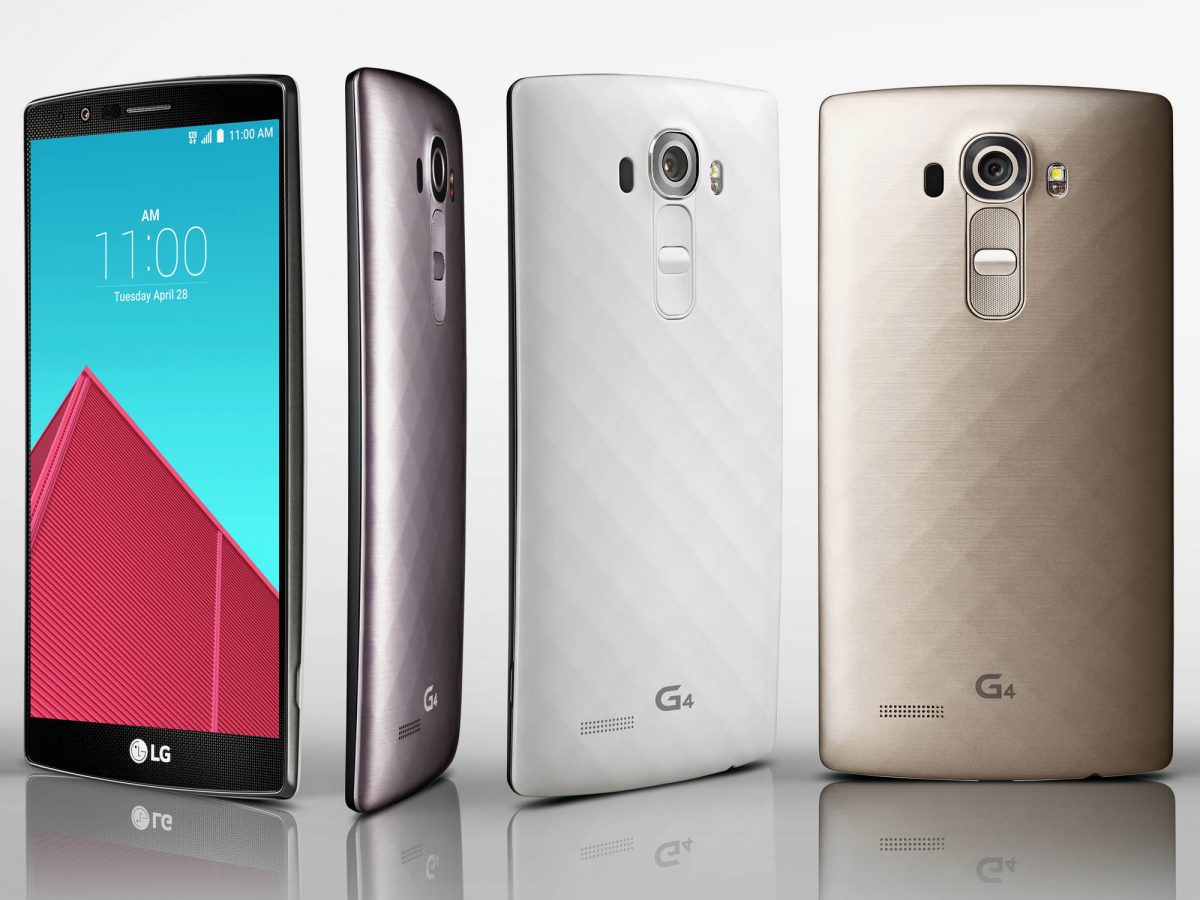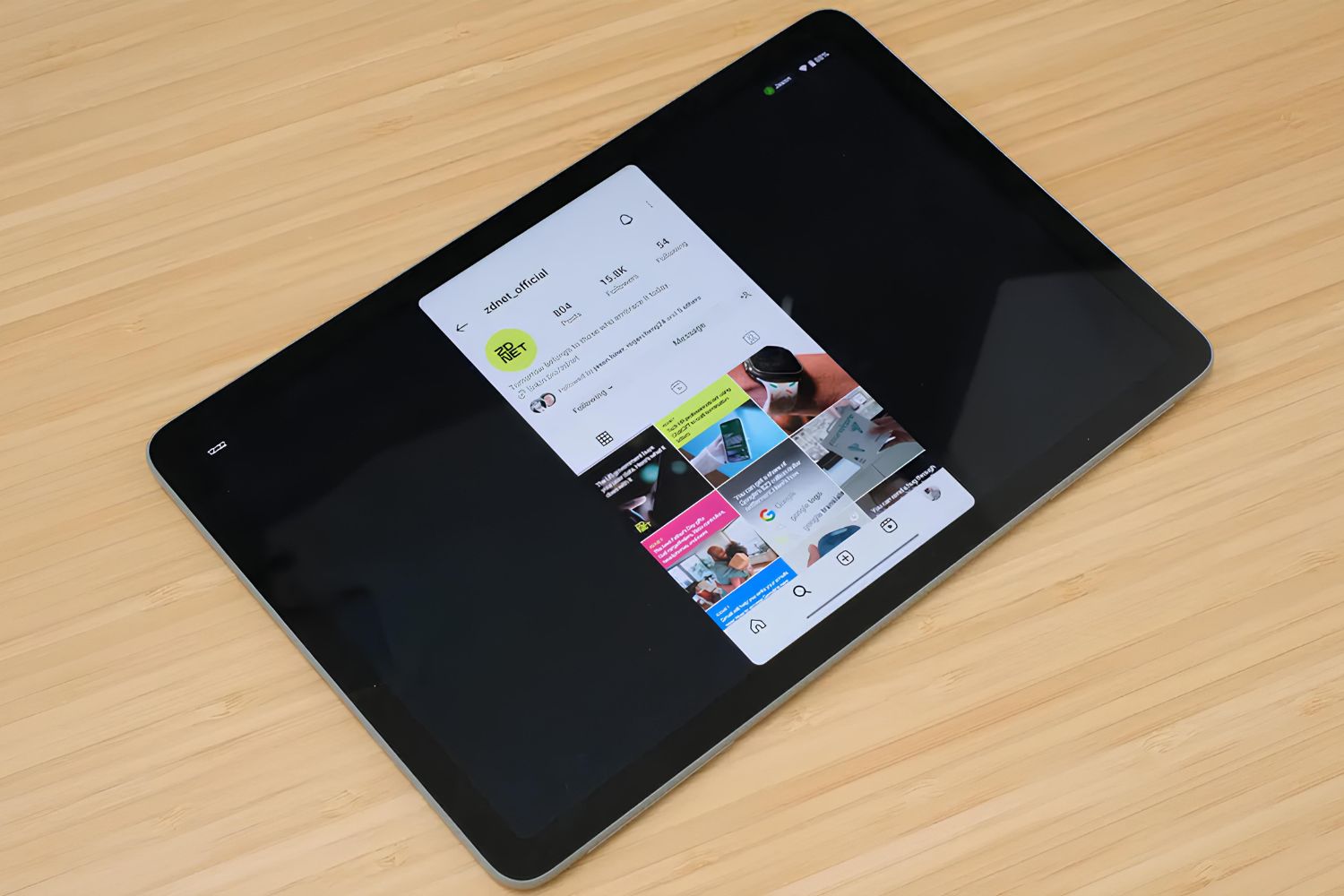What is a SIM Card?
A SIM card, or Subscriber Identity Module card, is a small, portable memory chip that is inserted into mobile devices such as smartphones, tablets, and some feature phones. This tiny but powerful component plays a crucial role in enabling communication over cellular networks.
The SIM card serves as a unique identifier for the user and the mobile network. It securely stores the subscriber's identity, including their International Mobile Subscriber Identity (IMSI) number, which is essential for authenticating the user and connecting them to the network. Additionally, the SIM card contains the Integrated Circuit Card Identifier (ICCID), a unique serial number used to identify the SIM card itself.
Apart from facilitating network authentication, SIM cards also store essential information such as the mobile number, network-specific settings, and contacts. They come in various sizes, including standard, micro, and nano, to accommodate different device slots.
In essence, a SIM card acts as a bridge between the user's device and the mobile network, allowing for seamless communication and access to carrier services. Without this vital component, mobile devices would be unable to connect to cellular networks and make calls, send texts, or access mobile data.
Understanding the significance of a SIM card is crucial for anyone using a mobile device, as it forms the foundation for communication and connectivity in the digital age.
What Information is Stored on a SIM Card?
A SIM card contains a wealth of essential information that enables seamless communication and connectivity. One of the primary pieces of data stored on a SIM card is the International Mobile Subscriber Identity (IMSI) number. This unique identifier is crucial for authenticating the subscriber and establishing a secure connection to the mobile network. The IMSI number is used to verify the user's identity and grant access to network services, ensuring that only authorized users can utilize the cellular network.
In addition to the IMSI number, a SIM card also stores the Integrated Circuit Card Identifier (ICCID), a distinct serial number that identifies the SIM card itself. This alphanumeric code is essential for tracking and managing SIM cards within the network, enabling carriers to maintain accurate records of their subscribers and their associated SIM cards.
Furthermore, a SIM card holds the subscriber's mobile number, which is vital for routing calls and messages to the correct device. This information is fundamental to the functioning of mobile communication, as it ensures that incoming calls and texts are directed to the intended recipient's device.
Moreover, SIM cards store network-specific settings and configurations, including authentication keys and encryption algorithms. These settings are essential for establishing a secure and reliable connection to the mobile network, safeguarding communications and data transmission from unauthorized access.
Another critical aspect of the information stored on a SIM card is the contact list. Users can store their contacts directly on the SIM card, allowing for seamless transfer of contacts between devices and ensuring that important contact information is readily accessible.
Overall, a SIM card serves as a secure repository for vital information, including unique identifiers, network settings, and contact details. Understanding the wealth of data stored on a SIM card underscores its significance in enabling secure and efficient mobile communication.
How to View Contacts on Your SIM Card
Viewing contacts stored on your SIM card is a straightforward process that can be accomplished on most mobile devices. While modern smartphones often synchronize contacts with cloud services, it can still be beneficial to access and manage contacts directly from the SIM card. Here's a simple guide to view contacts on your SIM card:
For Android Devices:
- Access the Contacts App: Open the Contacts app on your Android device. The app icon typically resembles a silhouette of a person.
- Access Settings: Look for the settings or menu option within the Contacts app. This may appear as three vertical dots or lines in the top-right corner of the screen.
- Select Import/Export: Within the settings or menu, locate the Import/Export option. This feature allows you to manage contacts stored on the SIM card.
- Choose SIM Card: Select the option to import contacts from the SIM card. This action will display all the contacts stored on the SIM card, enabling you to view and manage them as needed.
For iPhones:
- Navigate to Settings: Open the Settings app on your iPhone. The Settings app icon features a gear or cogwheel.
- Select Contacts: Scroll down and tap on the Contacts option within the Settings menu.
- Import SIM Contacts: Look for the option to import SIM contacts. This feature allows you to access and manage contacts stored on the SIM card directly from your iPhone.
For Feature Phones:
- Access the Contacts Menu: Open the Contacts or Address Book menu on your feature phone. This can typically be found in the main menu or as a dedicated button on the device.
- Select SIM Contacts: Look for an option to view SIM contacts within the Contacts menu. This option allows you to access and manage contacts stored on the SIM card.
By following these simple steps, you can easily view and manage contacts stored on your SIM card, regardless of the type of mobile device you are using. This direct access to SIM card contacts can be particularly useful for users who prefer to store contacts locally or for those who need to transfer contacts between devices without relying on cloud synchronization.
Remember that while SIM cards offer a convenient way to store and manage contacts, it's essential to keep in mind that the storage capacity of a SIM card is limited compared to modern smartphones. As such, users may need to consider alternative methods for storing and organizing a large number of contacts, such as utilizing cloud-based contact management solutions.
How to View Messages on Your SIM Card
Viewing messages stored on your SIM card can provide valuable access to historical conversations and important communication data. While most smartphones store messages within their internal memory or cloud storage, the ability to view messages directly from the SIM card can be beneficial in certain scenarios. Here's a simple guide to view messages on your SIM card:
For Android Devices:
- Access the Messaging App: Open the messaging app on your Android device. The app icon typically resembles a speech bubble or envelope.
- Access Settings: Look for the settings or menu option within the messaging app. This may appear as three vertical dots or lines in the top-right corner of the screen.
- Select Import/Export: Within the settings or menu, locate the Import/Export option. This feature allows you to manage messages stored on the SIM card.
- Choose SIM Card: Select the option to import messages from the SIM card. This action will display all the messages stored on the SIM card, enabling you to view and manage them as needed.
For iPhones:
- Navigate to Settings: Open the Settings app on your iPhone. The Settings app icon features a gear or cogwheel.
- Select Messages: Scroll down and tap on the Messages option within the Settings menu.
- Import SIM Messages: Look for the option to import SIM messages. This feature allows you to access and manage messages stored on the SIM card directly from your iPhone.
For Feature Phones:
- Access the Messaging Menu: Open the messaging or SMS menu on your feature phone. This can typically be found in the main menu or as a dedicated button on the device.
- Select SIM Messages: Look for an option to view SIM messages within the messaging menu. This option allows you to access and manage messages stored on the SIM card.
By following these simple steps, you can easily view and manage messages stored on your SIM card, regardless of the type of mobile device you are using. This direct access to SIM card messages can be particularly useful for users who need to retrieve old messages or transfer messages between devices without relying on internal storage or cloud synchronization.
It's important to note that the storage capacity of a SIM card is limited compared to modern smartphone internal memory or cloud storage. Therefore, users may need to consider alternative methods for storing and archiving a large number of messages, especially those with attachments or multimedia content.
How to View Other Content on Your SIM Card
In addition to contacts and messages, a SIM card can store other types of content that may be valuable to users. While the primary focus is often on managing contacts and messages, it's essential to understand how to access other content stored on the SIM card. Here's a comprehensive guide on how to view various types of content on your SIM card:
For Android Devices:
- Access SIM Card Settings: Open the Settings app on your Android device and navigate to the "Network & Internet" or "Connections" section.
- Select SIM Card Manager: Look for the option labeled "SIM card manager" or "SIM card settings" within the network settings. This feature provides access to various types of content stored on the SIM card.
- View Additional Content: Once in the SIM card manager, you may find options to view additional content such as network-specific settings, service provider information, and security settings. These details are crucial for ensuring seamless connectivity and network authentication.
For iPhones:
- Navigate to Settings: Open the Settings app on your iPhone and scroll down to find the "Phone" or "Cellular" settings.
- Select SIM Applications: Look for the option labeled "SIM applications" within the cellular settings. This feature allows access to additional content and services provided by the SIM card.
- Explore SIM Services: Within the SIM applications menu, users may find access to various SIM-based services provided by their carrier, such as balance inquiries, mobile banking, or value-added services. These services are often accessible directly from the SIM card.
For Feature Phones:
- Access SIM Toolkit: Open the SIM Toolkit or SIM applications menu on your feature phone. This menu is typically found in the main phone settings or as a dedicated app on the device.
- Explore SIM Services: Within the SIM Toolkit, users can explore various services and features offered by the SIM card, including network-specific tools and value-added services. These services may vary based on the carrier and region.
By following these steps, users can gain access to additional content and services stored on their SIM card, providing insights into network-specific settings, carrier services, and security features. While the focus is often on contacts and messages, understanding the broader spectrum of content stored on a SIM card enhances the overall user experience and ensures efficient utilization of mobile network resources.
It's important to note that the availability of certain SIM card features and services may vary based on the carrier and the type of SIM card being used. Additionally, as mobile technology continues to evolve, SIM cards may offer new and innovative services beyond traditional communication and network authentication. Staying informed about the capabilities of SIM cards can empower users to make the most of their mobile devices and network connections.







